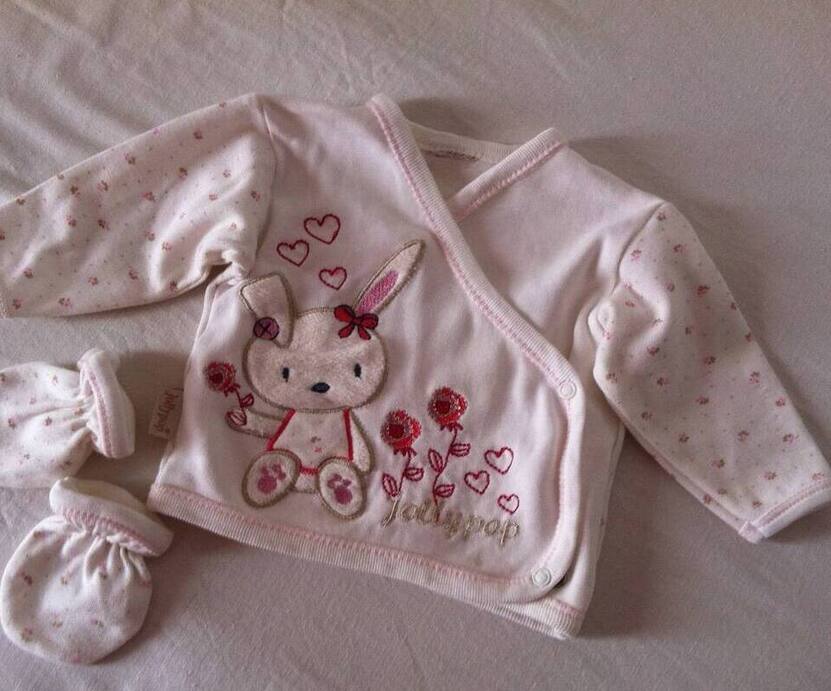
When it comes to dressing the little ones, synthetic fabrics cling like plastic wrap on a summer picnic—uncomfortable and stifling. The local consumer watchdog has issued a gentle nudge (or perhaps a firm tug) toward natural fibers like cotton, wool, and viscose. These materials don’t just whisper to the skin; they let it breathe, unlike their synthetic counterparts that trap heat like a forgotten sweater in a sauna.
Children’s clothing isn’t just about colors and cartoon prints—it’s woven into a tapestry of strict safety standards. Authorities emphasize compliance with sanitary norms, ensuring garments meet benchmarks as rigorously as a gymnast’s landing. Ignoring these rules? That’s like letting a toddler loose in a candy store—chaos guaranteed.
Before swiping that credit card, treat the garment’s label like a treasure map. Missing details? Red flag. Here’s what to hunt for:
Because let’s face it—buying blind is like trusting a weather forecast from a magic eight-ball.
Synthetics might be cheap, but they’re the fast food of fabrics—quick, convenient, and quietly harmful. Cotton, on the other hand, is the home-cooked meal: simple, reliable, and kind to the body. Thermoregulation isn’t just a fancy word; it’s what keeps kids from turning into tiny, sweaty messes during recess.
So next time you’re shopping, think beyond price tags. After all, childhood is fragile—like a soap bubble in the wind. Dress it wisely.